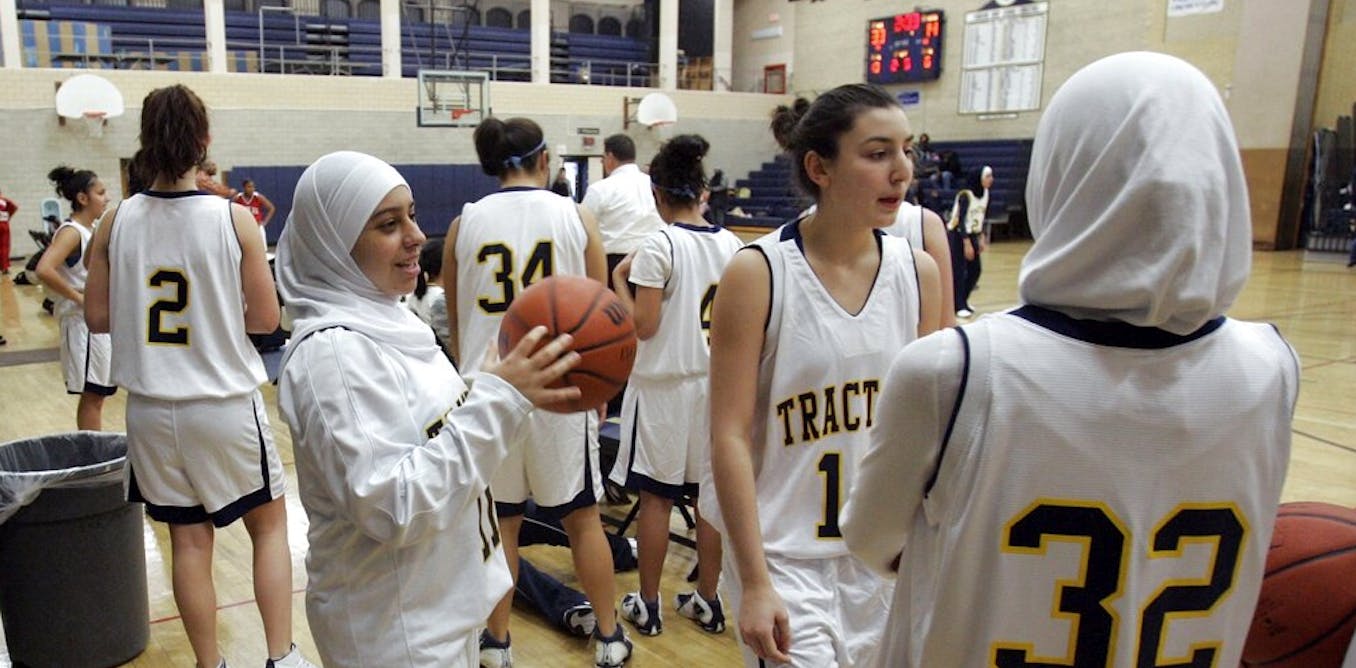by SALLY HOWELL & AMNY SHURAYDI

Dearborn, Michigan, is a center of Arab American cultural, economic, and political life. It’s home to several of the country’s oldest and most influential mosques, the Arab American National Museum, dozens of now-iconic Arab bakeries and restaurants, and a vibrant and essential mix of Arab American service and cultural organizations.
The city became the first Arab-majority city in the U.S. in 2023, with roughly 55% of the city’s 110,000 residents claiming Middle Eastern or North African ancestry on the 2023 census.
One of us is an author and historian who specializes in the Arab and Muslim communities of Detroit, and the other is a criminologist born and raised in Dearborn who conducts research on the experiences and perceptions of Arab Americans. We have paid close attention to the city’s demographic shifts.
To understand Dearborn today, we must start with the city’s past.
Ford and Dearborn are in many ways synonymous
Dearborn owes much of its growth to automotive pioneer Henry Ford, who began building his famous River Rouge Complex in 1917. Migrants from the American South alongside immigrants from European and Arab countries settled Dearborn’s Southend neighborhood to work in the auto plant.
While most early 20th-century Arab immigrants to the United States were Christians, those who moved to Dearborn in the 1920s were mainly Muslims from southern Lebanon.
The Conversation for more
